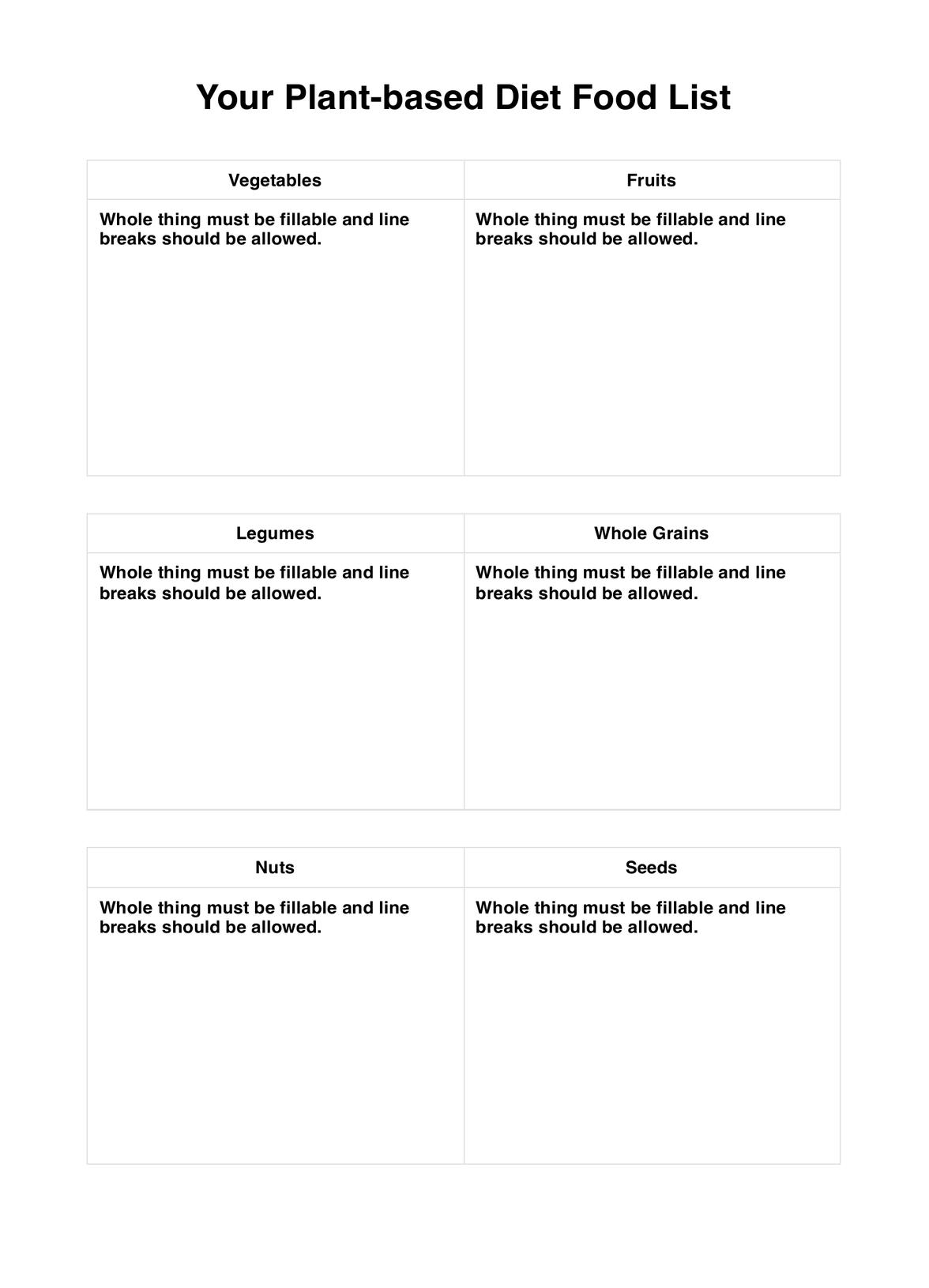Yes. It’s possible to build muscle while on a completely plant-based diet. Meat substitutes like tofu and tempeh have protein. Lentils, quinoa, almonds, and potatoes also provide protein. Add those to your diet plan and exercise regularly to build muscle.












